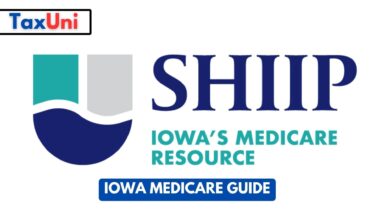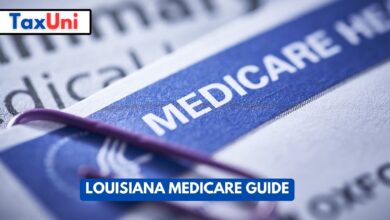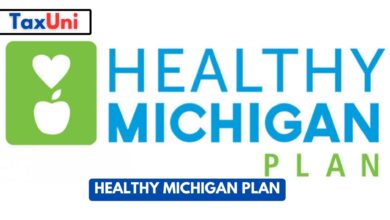Medicare Donut Hole
You pay your plan and pharmacy copays during the initial coverage period until you reach an annual spending limit. Then you enter the gap, also known as the Medicare donut hole.

Medications are a big expense for Medicare enrollees, and many people find themselves entering the donut hole each year. While the infamous gap in coverage has closed thanks to the Affordable Care Act (ACA), it’s important for Medicare beneficiaries to understand how the donut hole affects their drug costs. The donut hole, also known as the coverage gap, is the phase of Medicare Part D where beneficiaries have to pay a large portion of their drug costs on their own. The amount a beneficiary pays during the donut hole depends on how much they and their plan spend on covered drugs. The annual spending threshold varies each year, but it typically reaches $4,660 in 2023. Beneficiaries who qualify for Extra Help with their Part D costs don’t enter the donut hole.
Once a beneficiary reaches the donut hole, they’ll begin to pay 25% of the cost of brand-name drugs and a lower percentage for generic medications until their total annual out-of-pocket drug costs reach $6,350. Then, they enter the catastrophic coverage phase and most pay only modest copays or coinsurance amounts for the rest of the year. This is a major improvement over the way things used to be, when beneficiaries would continue paying full drug costs until they reached the initial coverage limit. Fortunately, this donut hole is closing.

Is the Medicare Donut Hole Gone?
The introduction of the ACA gradually eliminated the donut hole over time. However, it is important to note that the donut hole still exists in terms of how your prescription drug costs are calculated. Depending on your plan design, your out-of-pocket drug costs may increase after the initial coverage phase.
The current plan is for your insurance company to send you a monthly statement or explanation of benefits that clearly shows how much you have spent on medications and how close you are to reaching the donut hole. This will also indicate if you have qualified for the Extra Help program, which is available to those with limited income and resources who receive low-cost drugs and assistance in paying their Medicare premiums and copayments. This will significantly reduce your drug costs while in the donut hole. The gap’s cost is also decreasing yearly due to lower drug prices and government subsidies for generic drugs.

Can I Avoid the Donut Hole?
The Medicare donut hole does not apply to everyone and some people may find that they never enter it, depending on their prescription expenses and whether or not they qualify for Extra Help. One way seniors can reduce the likelihood of entering this drug gap is to closely monitor their medication costs by paying attention to the monthly Explanation of Benefits documents they receive from Medicare.
Another way to save money on prescriptions is to use pharmacies that offer cash discounts. Many of these pharmacies are found in grocery stores and can save seniors a lot of money by simply giving them the cash price instead of their usual copay or coinsurance. Some Medicare Advantage plans with prescription drug coverage also have similar discounts on their medications. Finally, using generic drugs rather than brand-name medications can also lower prescription costs and help avoid the donut hole altogether.





